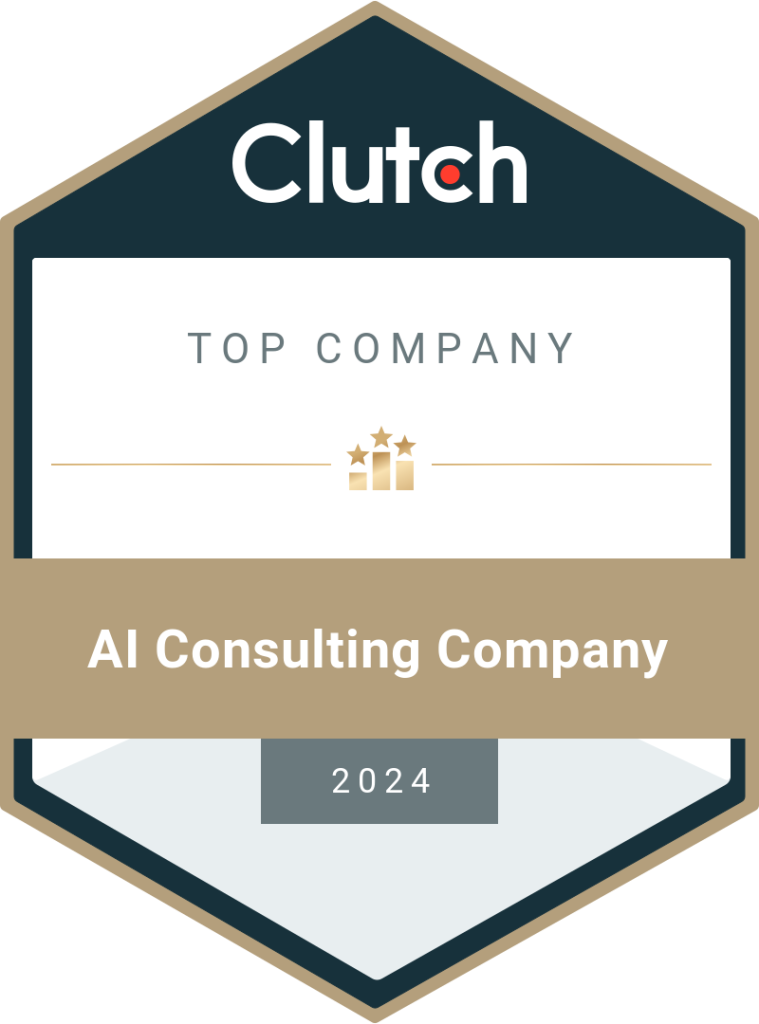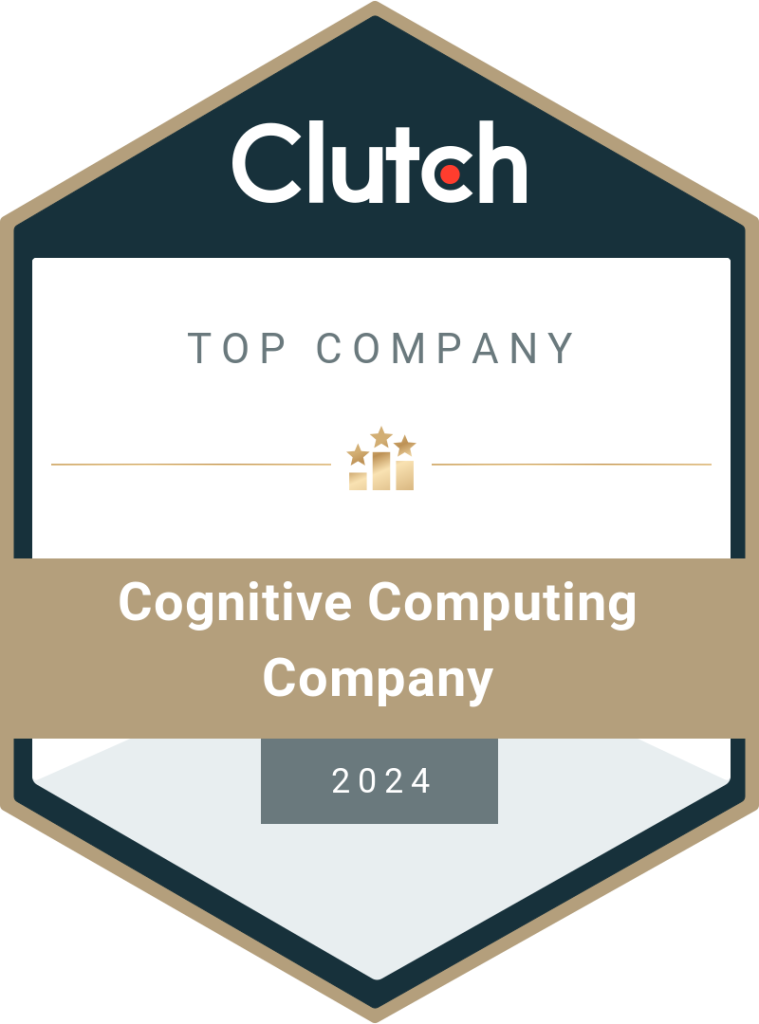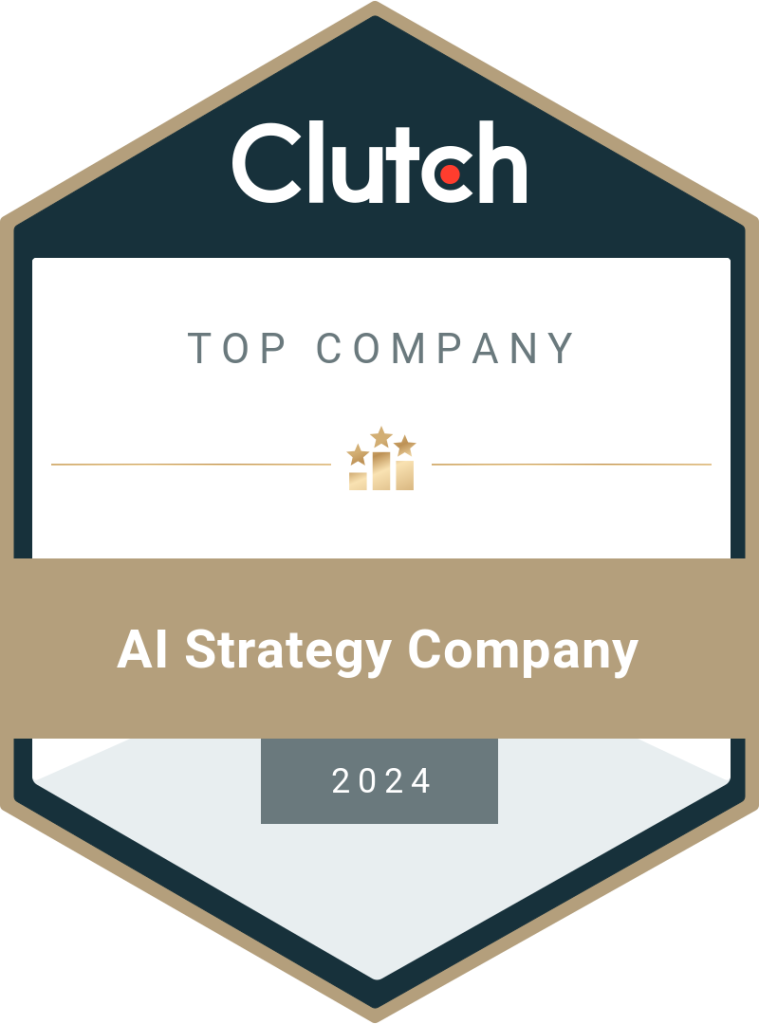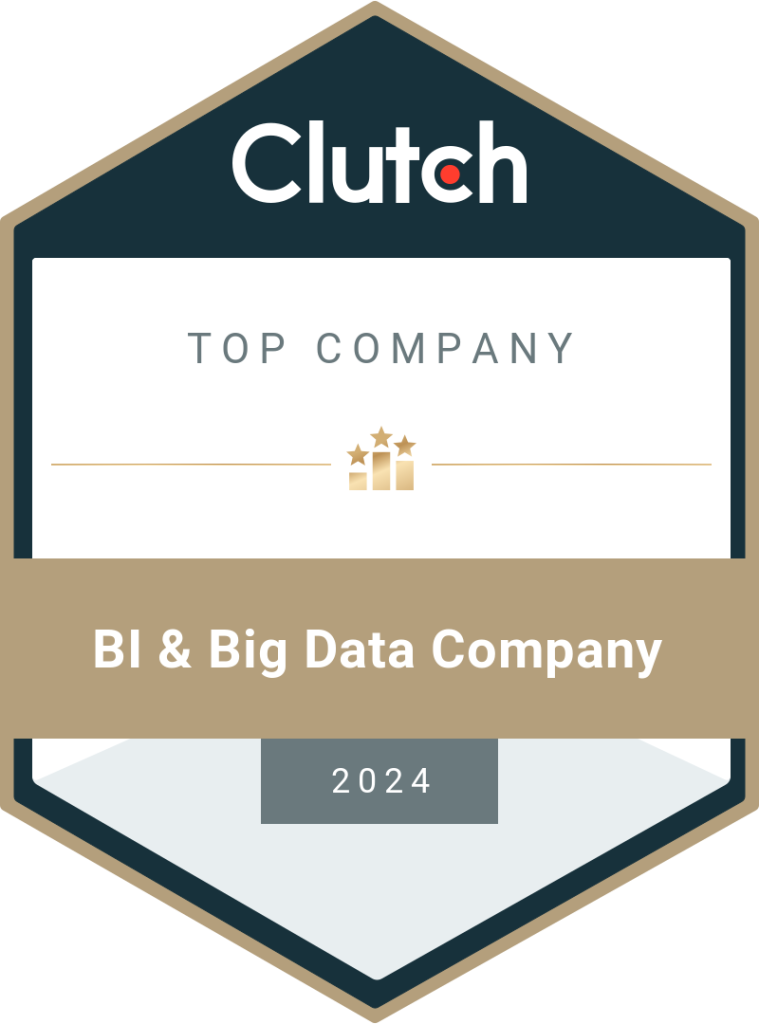Industry-Specific Analytics for Leaders: Key to Better Decision-making
Data analytics is essential to understand customers and markets and plan the business’s future steps to achieve its goals. Here, we’ll discuss the need for industry-specific analytics and how it can empower organizations to make better and profitable decisions. Data analytics is a keyword in today’s world. Every business wants to invest in analytics to gain a competitive edge. The market offers numerous data analytics and business intelligence tools for analyzing datasets and deriving insights. According to Fortune Business Insights, the global data analytics market was $64.99 billion in 2024, and is predicted to touch $82.23 billion in 2025. It is expected to grow at a CAGR (compound annual growth rate) of 25.5% to reach $402.70 billion by 2032. Artificial intelligence plays a vital role, as data analytics tools powered by AI and ML technologies can provide accurate and quick insights. However, with large amounts of data generated daily, how can organizations use this data for analytics? After all, statistics show that the global data creation will be 185 zettabytes by 2025. In such instances, the types of analytics you implement can determine your success. So, what kind of analytical insights should you generate and use for decision-making? Can general analytics provide the same results as industry-specific analytics? What is the difference between them? Let’s find out why industry-specific analytics are necessary for businesses in today’s scenario. Why is Generic Analytics Less Effective for Your Industry? Data analytics is the process of examining vast datasets to identify hidden patterns and trends and provide useful conclusions or interpretations. These are called insights and help in making data-driven decisions. Business intelligence, reporting tools, and advanced AI analytics come under data analytics. While the tools and technologies used are different, the central concept of data analysis remains the same. However, generic analytics are not as effective as analytics tailored for the business and industry. That’s because of the following reasons: Lack of Specifics Generic analytics are just that and offer one-size-fits-all insights that don’t go into specifics. They can be broadly applicable but miss the nuances of how things differ from one industry to another. Industry standards, business KPIs (key performance indicators), the organization’s mission and objectives, or even the target audiences are not considered in generic analytics. There is no specific indication that the insights will help your business handle a certain situation effectively. Misinterpretation or Inaccurate Data Without customized data analytics services, you have to rely on generic insights that may have misinterpreted the context or used a different dataset for the purpose. For example, a business manufactures and sells wooden kitchen appliances. To derive meaningful insights, it has to use data belonging to the kitchen appliances niche, especially items made of wood. Additionally, it should also consider the target markets. However, if it uses random data collected from the internet, the insights can be inaccurate and lead to wrong decisions. Risk of Biased Insights Since generic insights cannot offer nuance, they are not always actionable, as in, they are not always useful for decision-making. Moreover, there’s a higher risk of deriving biased insights since the data is not carefully collected or processed. For example, the insights might show that the sales haven’t been as expected, but fail to provide the real reason for this. Or, they could indicate a wrong reason, which ultimately results in extra expenses and losses for the organization. Lesser ROI When you hire a data analytics company, you want to get back the return on investment. The ROI is measured based on various metrics, like how actionable the insights are, whether the data-driven decisions helped achieve the business objectives, and so on. However, when the insights are generic, you cannot use all of them for decision-making. But you continue to spend money on the process. This reduces the ROI and indicates that your investment is not worth the money you spend on it. How Can Industry-Specific Insights Improve Your Forecasting Accuracy? Customized data analytics solutions for every business based on industry standards and requirements can increase forecasting accuracy and promote better decision-making at all levels in the enterprise. That’s why many data analytics companies offer tailored services that align with the mission, vision, and goals of each client. Here’s how industry-specific insights can help an organization be prepared for a better future: Targeted Insights Sector-wise data forecasting gives insights that target the industry, market, or customer base. This is done to get in-depth reports about how the various external factors influence the business and what can be done to make the best of the situation. When the insights derived are highly relevant, they help teams make empowered decisions to grow the business. For example, with targeted insights, you can understand why customers didn’t like a product or what can be done to increase sales. Strategic Decisions Since industry-specific analytics share insights about the patterns, trends, and correlations in historical data, they can be used to make informed decisions and build effective strategies to tackle various situations. For example, you can understand customer purchase patterns during different seasons to plan an effective marketing campaign and attract more sales. This increases the ROI for the amount spent on promotions and establishes the brand in the market. Market Expansion Every business aims to grow and expand into newer markets, increase its customer base, and achieve a higher share. For this, you should know which target audience to impress, how to convert them into customers, when to enter a new market, which products and services to promote, which marketing channels to use, and so on. The information to make these decisions can be provided by industry-specific insights. You can be ready for new opportunities and grow the business quickly. Customer Segmentation Customers are essential for any business to survive in competitive markets. However, retaining existing customers and attracting new ones requires a clear understanding of who they are, what they want, and how to convince them. For this, you should segment customers based on demographics, purchase preferences, likes, etc.,
Read More







